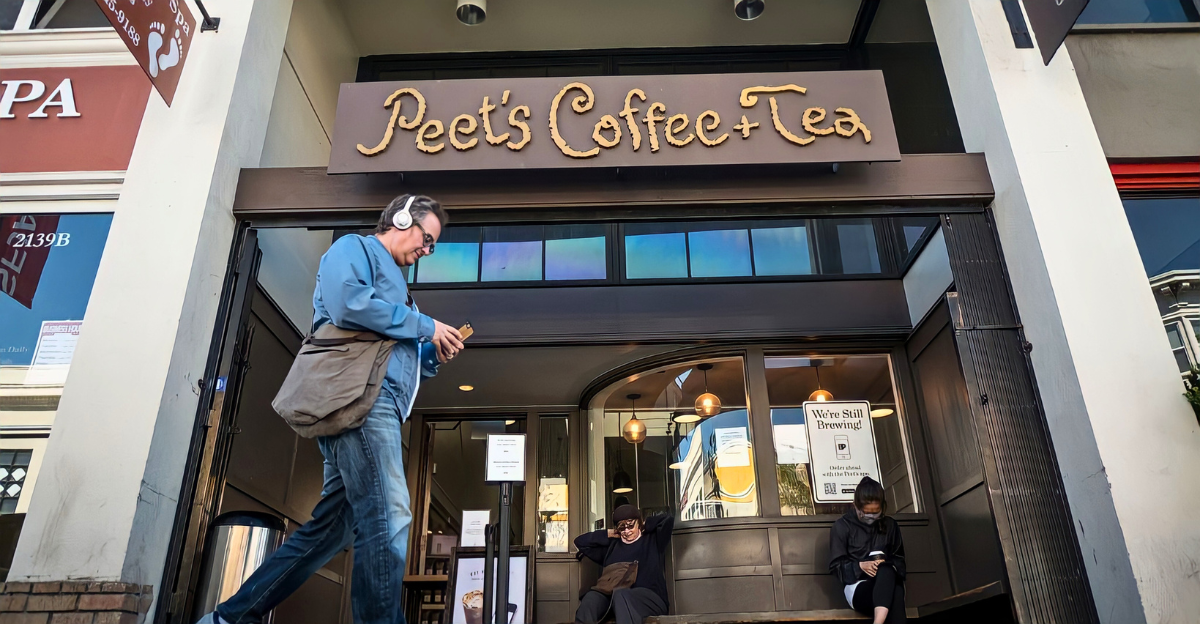
When Keurig Dr Pepper announced plans in August 2025 to acquire Dutch-based JDE Peet’s for $18 billion, the ripple effects were immediate. Trading floors buzzed, analysts debated, and coffee lovers wondered what this meant for their daily rituals. The move unites a U.S. beverage powerhouse with one of the world’s most recognized coffee portfolios.
Investors see opportunity and risk colliding, while café regulars and homebrewers sense that coffee culture could shift. It’s more than a headline deal; it’s a moment that could redefine how billions worldwide drink their morning cup.
A Brewing Industry Shake-Up
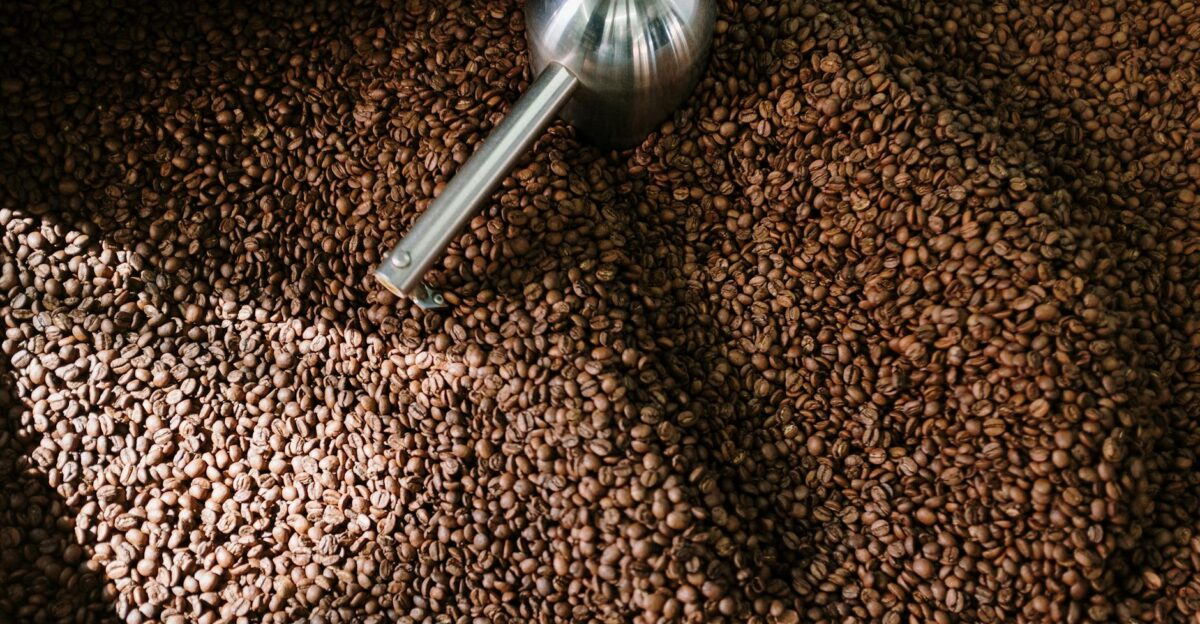
Picture waking up to find two household names—Keurig Dr Pepper, famous for its soda brands and pod machines, and JDE Peet’s, steeped in European coffee tradition—joining forces. For JDE, the merger strengthens its global reach. For Keurig, it’s a chance to leap beyond its North American stronghold.
The deal highlights an industry in motion, where consumer habits, sustainability demands, and shifting tastes keep reshaping strategies. It’s less about corporate ownership and more about the daily rituals of coffee breaks, office chats, and café meetups, which the companies now have a hand in shaping.
Ambition Beyond Numbers
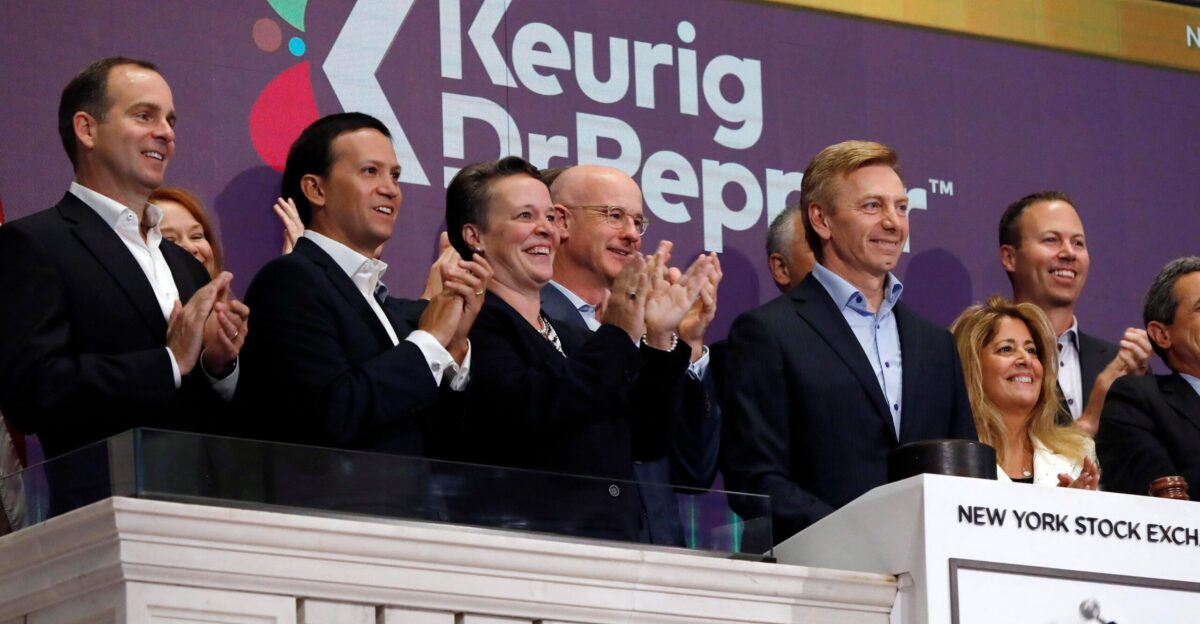
Executives at Keurig Dr Pepper describe the deal as “transformational,” signaling ambition well beyond financial spreadsheets. The strategy, analysts say, is to build a more diversified beverage leader capable of rivaling Starbucks and Nestlé. But corporate marriages are rarely simple.
Can a North American beverage titan and a Dutch-rooted coffee giant merge cultures smoothly enough to spark innovation instead of friction? The answer will define whether this gamble becomes a global beverage success story or another cautionary tale in the long history of megadeals.
JDE Peet’s – Centuries of Coffee Tradition
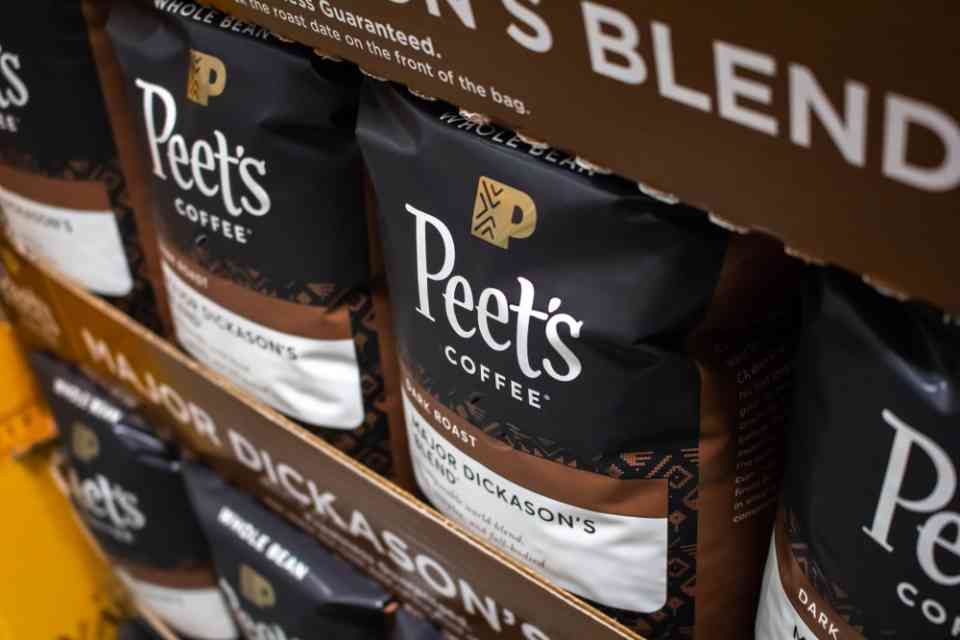
JDE Peet’s history traces back to eighteenth-century Amsterdam, where coffee trading shaped culture and commerce. Today, its brands—Jacobs, Douwe Egberts, L’OR, and Peet’s Coffee—are sold in over 100 countries, spanning supermarkets, cafés, and offices. This heritage combines old-world reputation with modern global reach, making it an attractive partner for Keurig Dr Pepper.
Analysts point out that brand loyalty in coffee runs deep. JDE’s ability to hold consumer trust across generations could give the merged company a competitive edge that money alone cannot buy.
Keurig Dr Pepper’s Search for Momentum
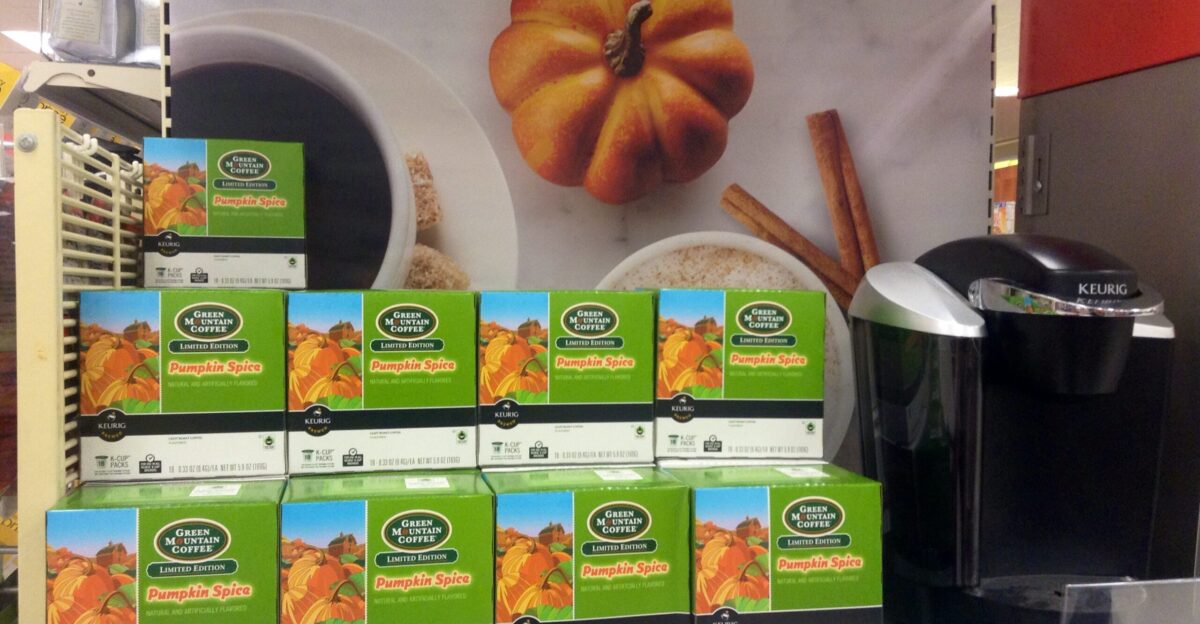
Keurig Dr Pepper dominates U.S. homes and offices with its pod machines and soda labels, yet recent sales show slowing coffee growth. Pods, once revolutionary, have plateaued under competition from specialty roasters and café chains. By joining forces with JDE Peet’s, KDP aims to reignite momentum and gain global scale.
The deal isn’t just about adding more brands, it’s about rewriting the company’s growth story. Whether this shift convinces consumers abroad remains to be seen, but the strategy reflects urgency to evolve before convenience loses its appeal.
The Premium Price Tag
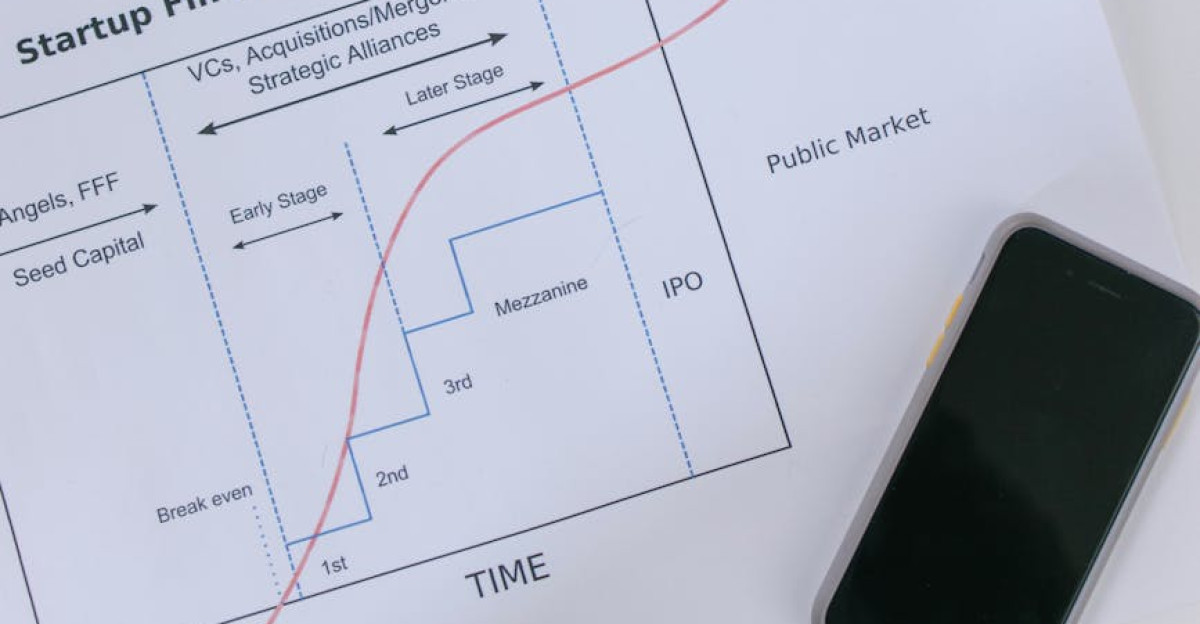
KDP’s €31.85 per share offer, a 33% premium over JDE Peet’s recent average trading price, signaled aggressive confidence in the company’s value. Such premiums aren’t just financial, they’re symbolic statements about ambition. Market watchers said the price suggested both boldness and risk.
Paying above market value puts pressure on delivering results, making the promised efficiencies and growth opportunities critical. For investors, the question is whether KDP’s bet on scale and partnership can generate returns strong enough to justify the costly gamble.
Markets React in Real Time
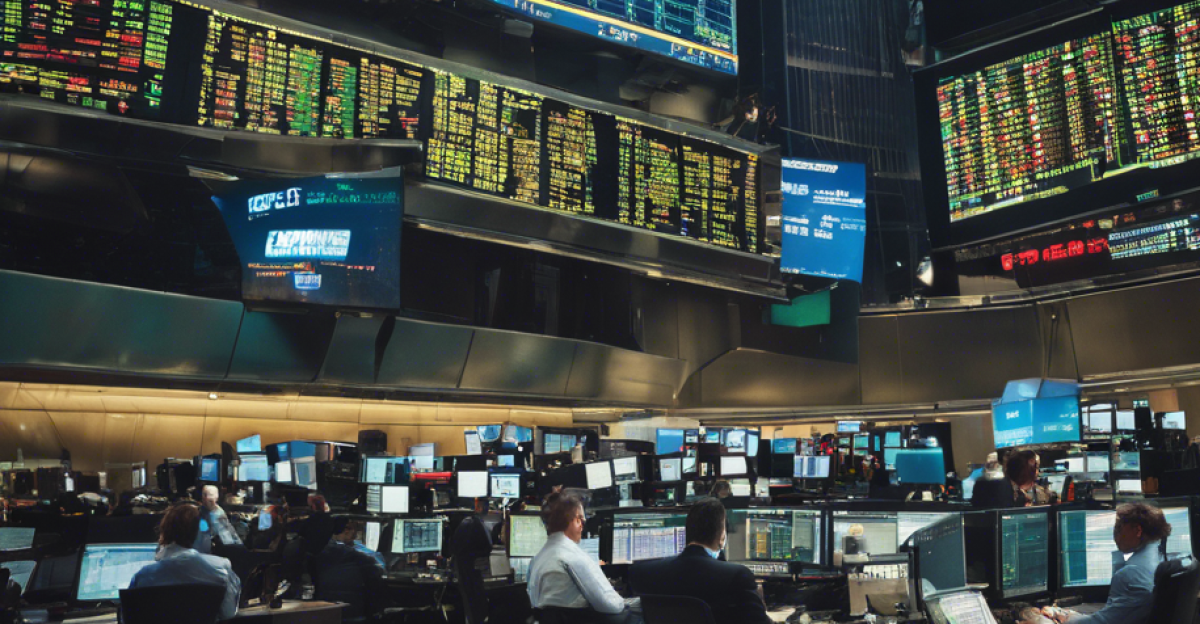
The stock market’s immediate reaction revealed divided opinions. JDE Peet’s shares surged more than 17%, reflecting investor optimism about the premium offer. Meanwhile, Keurig Dr Pepper’s stock dropped nearly 8%, as traders weighed new debt and integration challenges.
The split response reflects the complexity of megamergers—what looks like an opportunity for one side can look like a risk for the other. Analysts note that such volatility often continues as details unfold, leaving shareholders to balance long-term potential against short-term uncertainty.
Two Companies, Two Headquarters
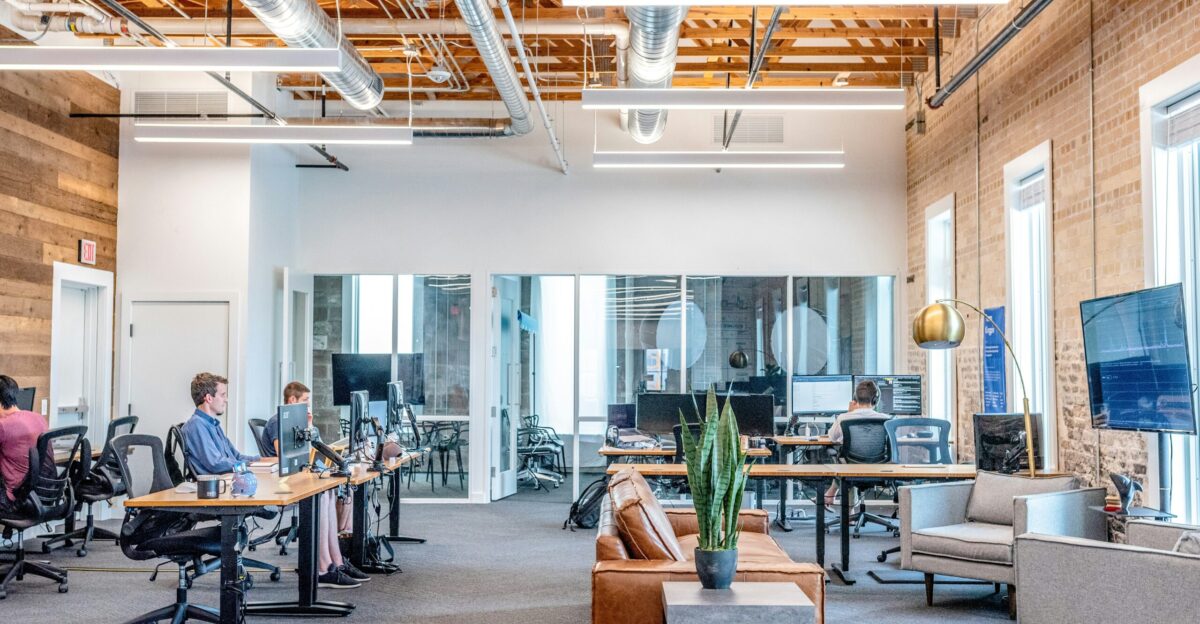
The new structure won’t operate as a single monolith. Plans call for two separate public companies, one for coffee and one for beverages. Sudhanshu Priyadarshi will lead coffee operations from Massachusetts and Amsterdam, while Tim Cofer will oversee the beverage side from Texas.
Supporters argue this dual setup keeps leadership focused and agile. Skeptics worry it could complicate coordination. Either way, the structure highlights how executives hope to blend scale with flexibility, recognizing that coffee and soda may require different strategies to thrive.
Fusion – or Strain?

The companies project $400 million in cost savings over three years, a common selling point in mergers. The savings are expected from supply chain efficiencies, procurement, and shared operations. But experts caution that integration is rarely seamless.
Bringing together technologies, distribution systems, and workforces across continents can be as disruptive as it is efficient. If achieved, the payoff could be significant, creating one of the leanest beverage supply chains in the world. If not, it could expose the difficulties of marrying two massive organizations.
Why Split at All?

Analysts argue that dividing Keurig Dr Pepper’s coffee and beverage units will give each business the clarity and independence needed to pursue distinct growth strategies. Coffee can advance its product range, from innovative sourcing techniques to premium roasting and ready-to-drink launches, while the beverage division hones its focus on refreshment technology and distribution muscle.
According to company leaders, the split is engineered to minimize distractions, allowing both organizations to sharpen their execution and expand in their respective markets. Still, observers raise concerns that separation might dilute collaboration and eliminate natural cross-business advantages.
The true test will be whether both teams can cooperate for big wins while operating as independent forces
Influence of Investment Heavyweights

The deal carries fingerprints of powerful investors. JAB Holding Company, which drove much of the industry’s coffee consolidation over the past decade, still exerts influence through related ownership stakes. The majority of shareholders tied to JAB and Acorn Holdings, controlling nearly 70% of JDE Peet’s, have endorsed the acquisition.
Their backing provides stability and suggests long-term strategic maneuvering by investment groups deeply invested in the global coffee sector. For outsiders, the deal reflects corporate ambition and financial networks shaping the industry’s future.
Workers Face a New Reality
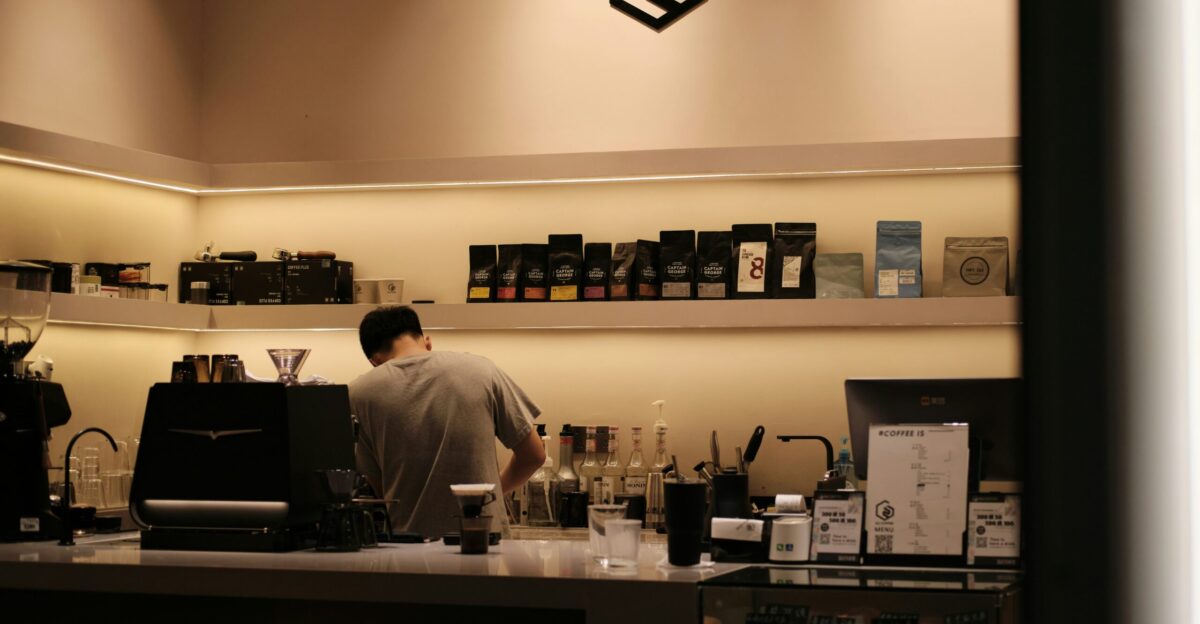
Both companies have publicly emphasized that continuity is the guiding principle for employees during the merger, with no wide-scale layoffs announced or anticipated by leadership. However, experience shows that large-scale corporate integrations often prompt changes, roles may shift, operations might be consolidated, and reporting structures can evolve quickly, sometimes overnight.
Tens of thousands of staff now watch for updates, knowing their daily work and professional trajectory could be impacted. The merger represents more than market share or business strategy for these employees. It’s about preserving job security, seizing professional development opportunities, and witnessing how a new global beverage powerhouse values and invests in its workforce throughout sweeping organizational change.
Supply Chains Under Pressure
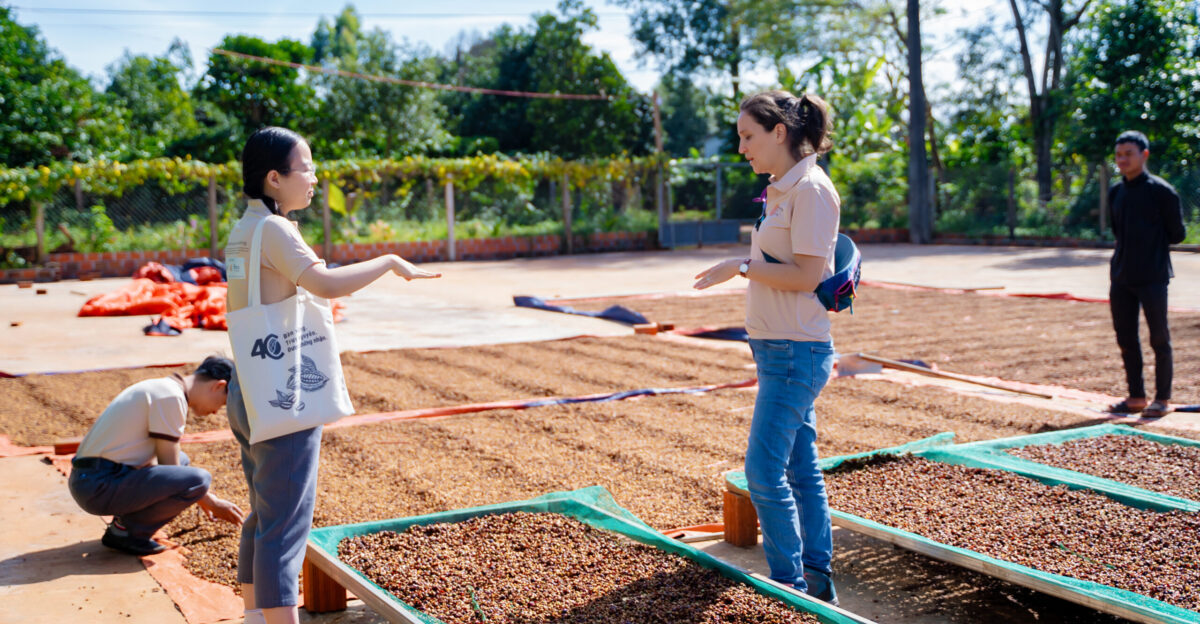
Behind the headlines, supply chains are central to the merger’s potential. JDE Peet’s sources beans across Latin America, Africa, and Asia, while Keurig specializes in U.S. logistics and last-mile distribution. Merging these strengths could improve resilience against global disruptions and coffee price volatility.
Building a seamless pipeline requires coordination across borders, cultures, and regulatory environments. Success would make the combined company a benchmark for efficiency in global beverages, while failure could undermine its promise of growth.
Sustainability Under Scrutiny
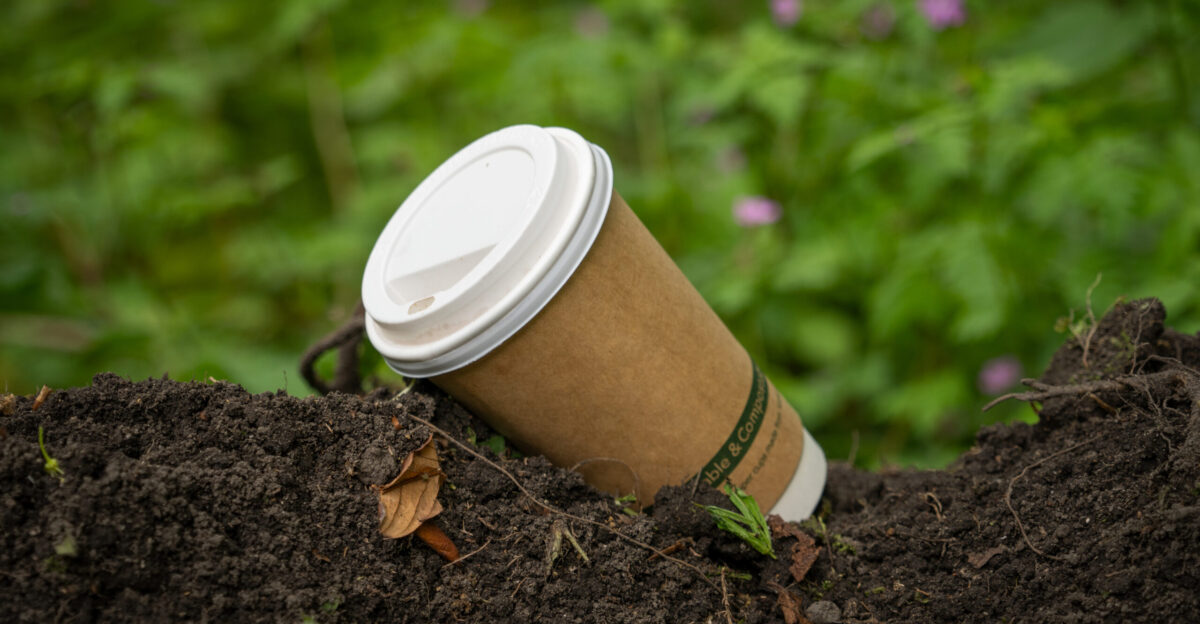
Consumers increasingly demand more than flavor; they want companies to act responsibly. JDE Peet’s has pledged to achieve 100% responsibly sourced coffee by 2025, a commitment now tied to KDP’s future. At the same time, Keurig’s single-use pods have drawn criticism for environmental waste.
Balancing sustainability with profit will be a critical challenge. Delivering on promises could strengthen loyalty, but falling short risks backlash in an era when consumers hold brands accountable for social and environmental impact.
Expanding Beyond the Kitchen Table
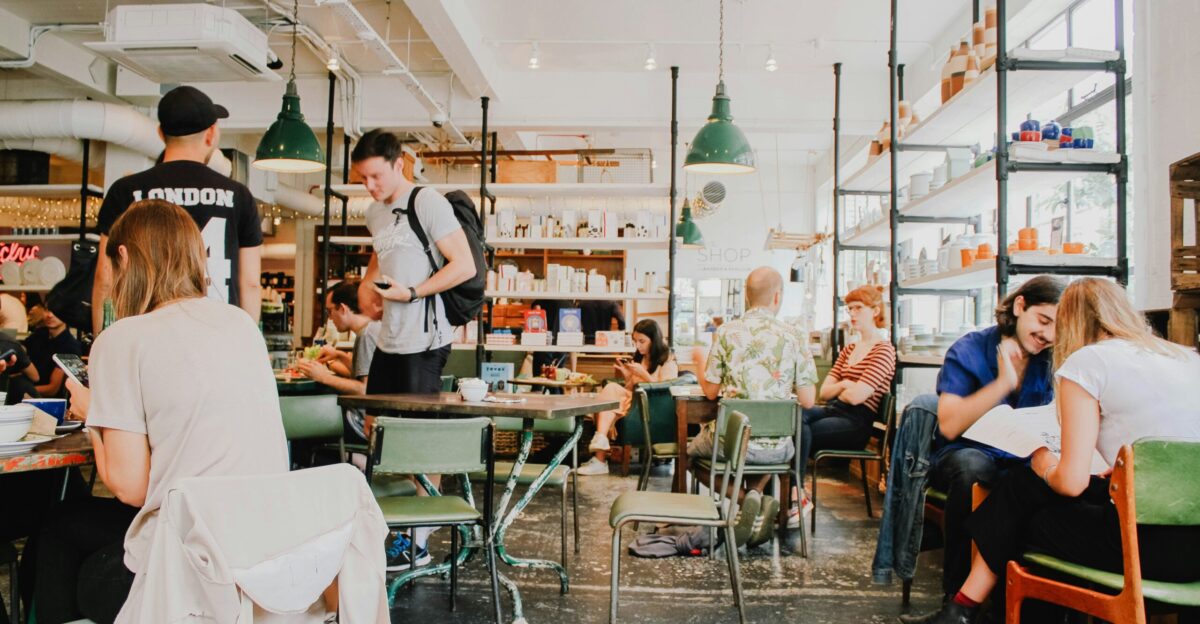
JDE Peet’s has a strong presence in cafés, hotels, and workplaces across Europe, segments now rebounding after years of disruption. Keurig, by contrast, has been largely tied to home and office consumption in North America.
The merger offers KDP entry into a broader “out-of-home” market, where visibility and brand experiences often drive loyalty. If leveraged well, this expansion could reshape not just what people drink, but where they drink it, bridging the gap between at-home convenience and social coffee rituals.
What Coffee Drinkers Will Notice
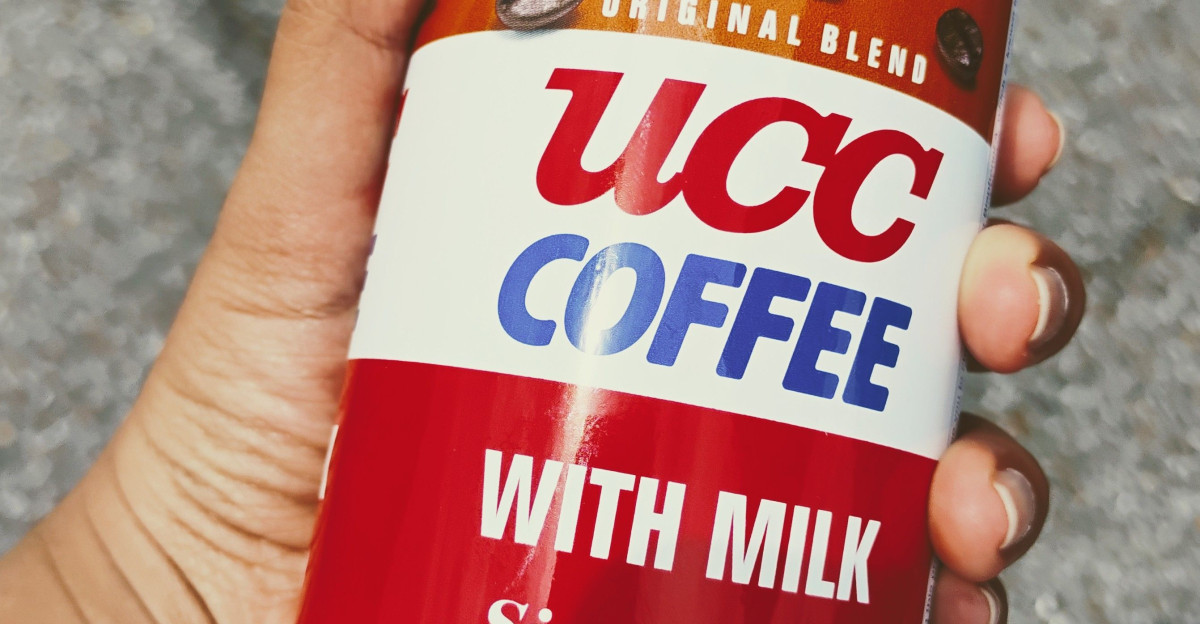
For consumers, change won’t happen overnight. Brands like Peet’s or Douwe Egberts will likely stay familiar initially. Over time, shoppers may see more ready-to-drink cans, specialty blends, or cross-branded promotions. Some worry innovation could alienate loyalists who prefer consistency.
Others argue that blending tradition with novelty could energize brands for a new generation. What happens on grocery shelves and café menus will ultimately define whether this merger feels meaningful in everyday life.
Chasing Growth in Emerging Markets
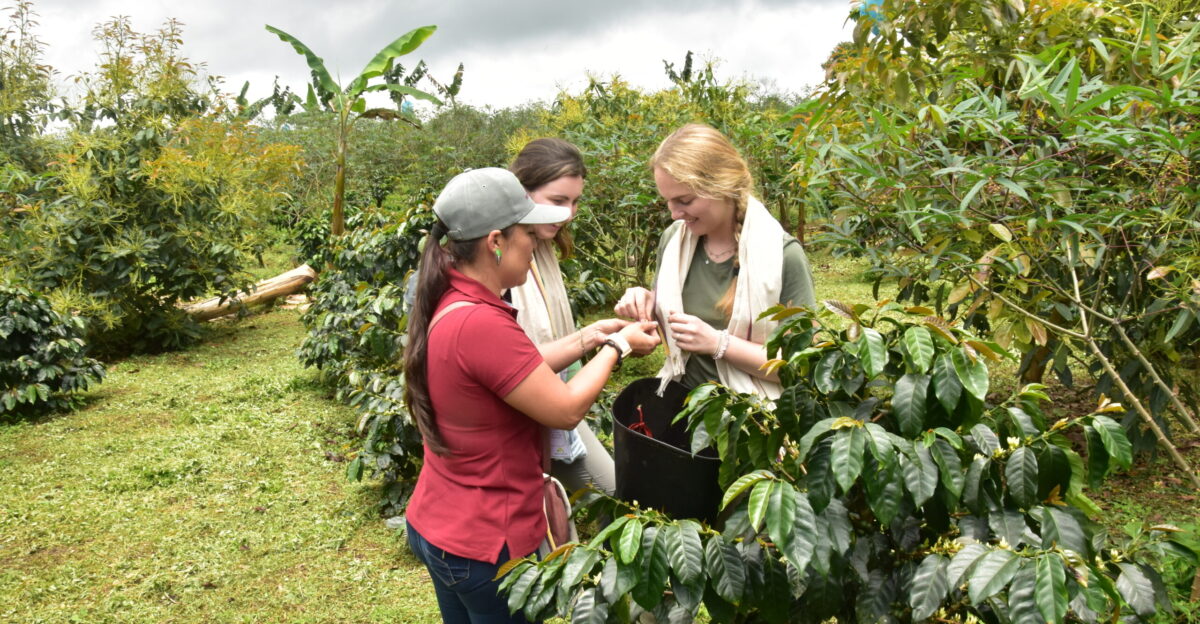
Rising coffee consumption in Asia and Latin America makes these regions critical targets. JDE Peet’s has already planted roots there, while Keurig Dr Pepper has struggled to expand outside North America. The merger provides a fast track into high-growth markets.
Analysts caution that success requires sensitivity to local culture and taste. What sells in Europe or the U.S. doesn’t always resonate elsewhere. Balancing global ambition with regional nuance will be essential to capturing these new opportunities.
Facing Off With Giants
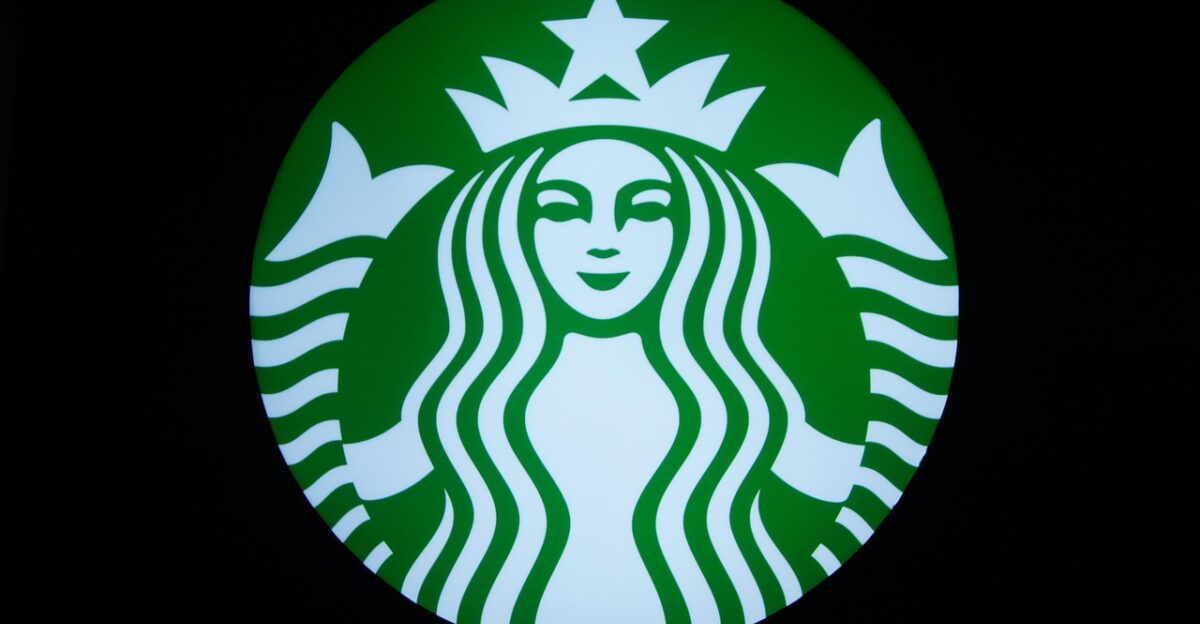
The combined company now competes head-to-head with Starbucks and Nestlé, two giants that dominate coffee retail and instant beverages. Industry analysts at Citi and ING note that the merger creates one of the largest coffee-focused businesses globally by volume.
This raises the stakes across the sector, forcing competitors to rethink innovation and consumer engagement strategies. Whether the new entity thrives will depend on how quickly it adapts to competitive pressures in a crowded, fast-moving marketplace.
Innovation as the Next Battleground

Beyond scale, the merger’s long-term impact may hinge on innovation. Both companies pledge to expand investment in research, targeting plant-based beverages, cold brews, and sustainable packaging. They’re also exploring digital ordering and health-conscious drink trends.
Industry veterans warn that mergers can stifle creativity by adding bureaucracy. Executives insist that combined talent and resources will accelerate breakthroughs, not slow them. Consumers will judge whether innovation flourishes or fizzles under the weight of corporate integration.
A Gamble With Global Consequences

As Keurig Dr Pepper’s audacious $18 billion buyout of JDE Peet’s races toward closing, the stakes for the coffee world have rarely been higher. This is more than a financial maneuver; it’s a calculated gamble with the power to remake not just business models but the very rituals that define daily life for millions.
If integration succeeds, the ripple will extend from remote coffee farms in Brazil to the sleekest Parisian cafés, from vending machines in Seoul to kitchen counters across America.
The merger heralds a turning point for industry titans and everyday drinkers. Whether this union delivers a new era of choice and innovation or falters amid the weight of its ambition, it will indelibly shape how the world connects over coffee for generations to come.